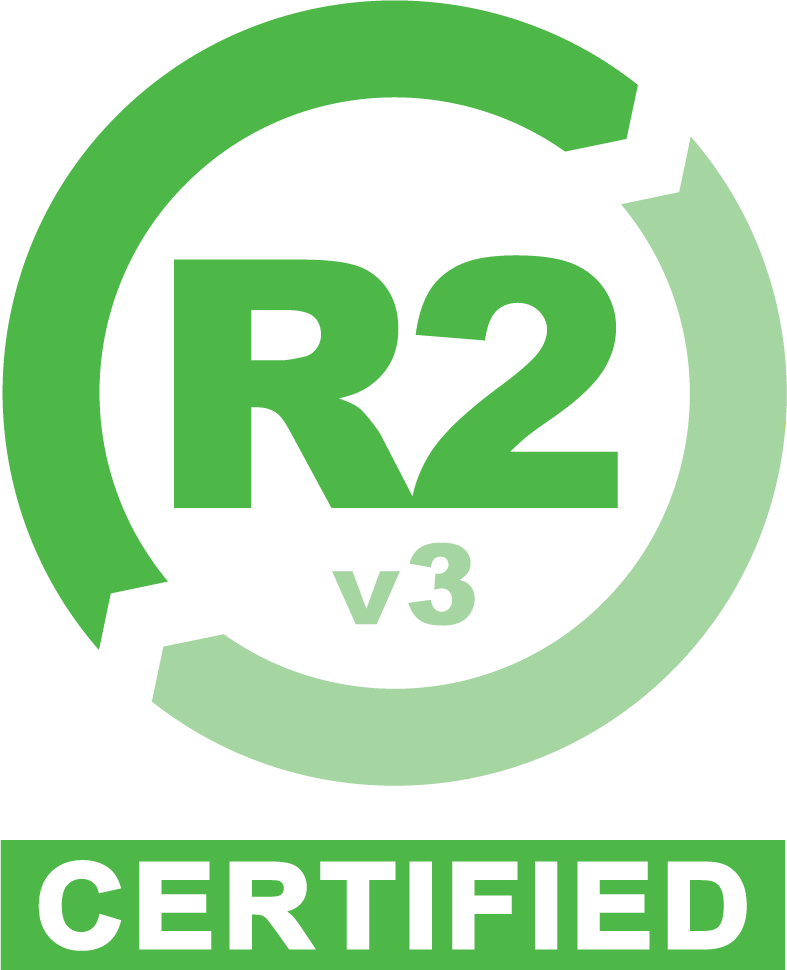Comstock Metals has set the standard for solar panel recycling: no waste, no landfilled materials, and clean recycled products safe for reuse.
We are a full-service solar recycler giving peace of mind to power generators knowing their panels are truly recycled, making us the preferred recycling destination for America’s end of life solar panels.
Our proprietary solar panel recycling process eliminates the downstream liability associated with solar recycling by ensuring no material ever goes to landfill or is improperly reused.
We recover 100% of the useful materials from every solar panel, every time. We never resell or repair any solar panels: we only recycle them. This means peace of mind knowing all solar panels are responsibly recycled.
The Comstock process produces aluminum flakes, glass pearls, and metal tailings that are safely reintroduced into industrial supply chains. We operate a one-of-a-kind recycling system that is engineered and fabricated right here in the United States of America.

We safely manage all end-of-life materials for solar projects as part of our full-service decommissioning, re-energization, and recycling solution.

Our recycling process was audited and certified to the most stringent standards designed specifically for solar recycling: R2v3 / RIOS.

Why partner with Comstock Metals? Because advancing renewable energy also means taking responsibility for end-of-life materials, and Comstock delivers with boots-on-the-ground execution and leading recycling innovation. When we pressed on the hard requirements—R2v3 Appendix certifications, zero-landfill performance, and complete chain-of-custody documentation—they met every standard without compromise. Their solar recycling process gives us confidence that each panel is handled responsibly, with environmental integrity and audit-ready traceability from pickup to final disposition.
Just as importantly, Comstock has materially improved our customer offering. Their reliable logistics, clear documentation, and consistent reporting let us provide clients a true turnkey recycling solution—one that reduces project risk, supports ESG commitments, and simplifies closeout. Because Comstock is responsive and straightforward to coordinate with, we’re able to move faster in the field, resolve issues quickly, and keep our customers informed without extra administrative load. In short: they elevate the sustainability of our work while making execution easier for our team and better for our clients.
“As President of Virtus Renewables, I’m very pleased with this partnership,” said Bill Jacks. “Comstock Metals consistently delivers on their commitments, and that reliability strengthens our offering and makes it easier for our customers to achieve their sustainability goals.”

Connect for a Quote — For a quote or to talk with our team about solar panel recycling please email us at metals@comstockinc.com or click the button to get started.